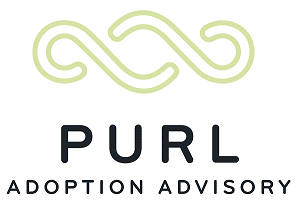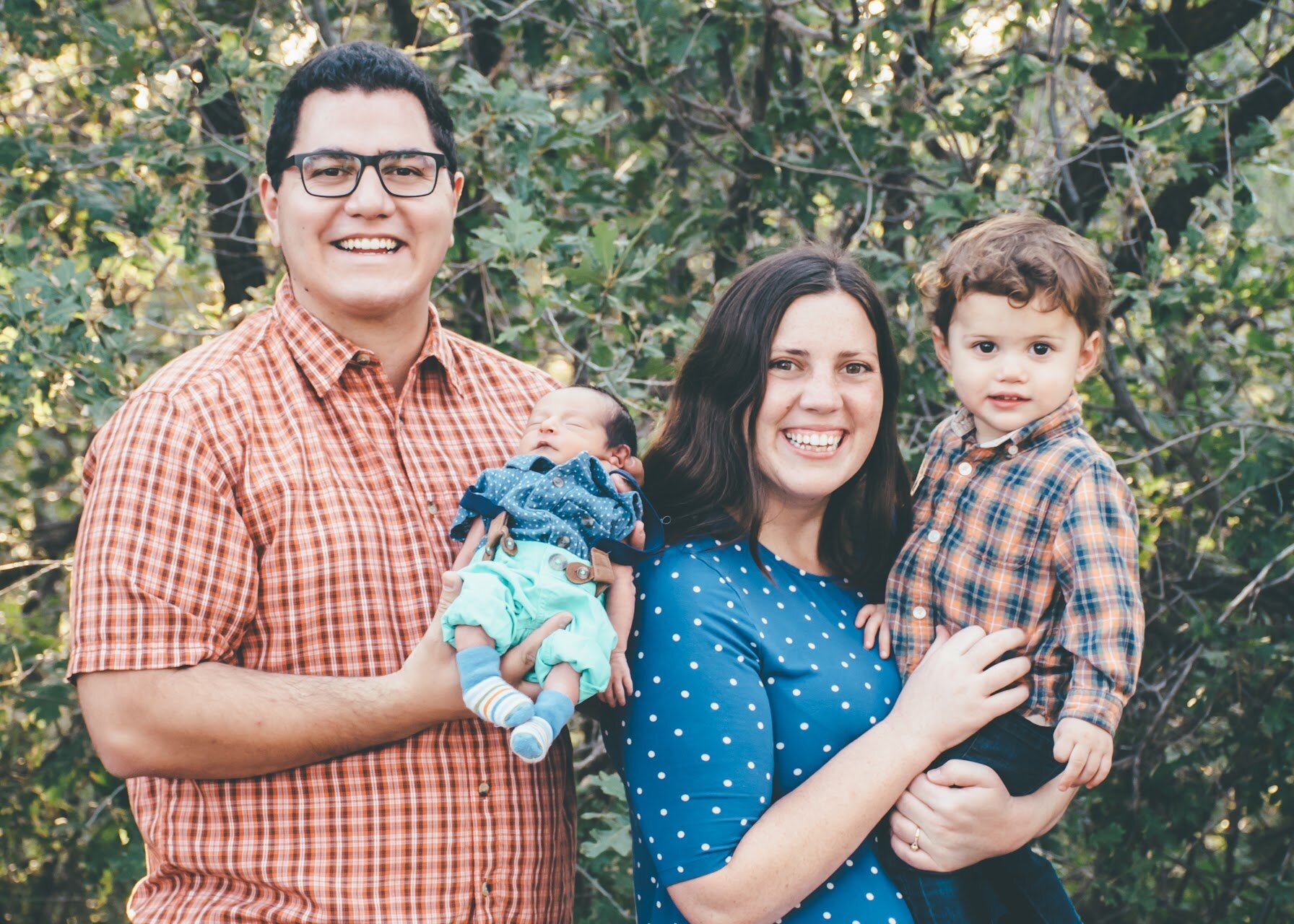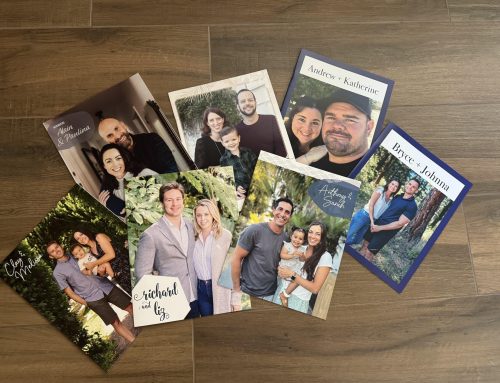
Purl’s newest Adoption Advisor, Tessa Reagan Vilte, shares her own personal adoption journey, what is was like adopting with the support of a different adoption consultant, and why she chose to work at Purl.
————-
My husband and I started our adoption journey about as naïve as they come. We knew we wanted a second child, and we knew it had to be through adoption. I reached out to a mom I followed on Instagram who I knew had adopted her baby. She recommended a professional consultant, who we ended up working with. I didn’t know much about them, but their website said they would help us figure it all out. On the initial call, we were provided a list of agencies and attorneys we could work with, without much information about the fee structures for each, or how they work with expectant mothers and adoptive families. We read over the list, but thought it would be helpful if we did some other research in the meantime outside of our booklists and Google searches. I turned to Instagram again and discovered several adoptive parents, then birth moms, then adoptees. I learned SO MUCH from these accounts, some of which Katie mentions in her blog here.
I was curious why our consultant didn’t talk more about open adoption and the research showing how beneficial it can be for adoptees, on birth mothers and their trauma, on how disrupted adoptions can be cause for celebration because a family gets to stay together. Why didn’t the consultant mention these sides to adoption? Since I am generally pretty non-confrontational, I didn’t bring these up; I just followed the steps provided to me by the consultant. I chose an agency off the list they gave us; we got a home study; we texted an update to our consultant (“Home Study is approved!”), but received no response. Once we started to see adoption opportunities, we decided to present by ourselves, and were chosen! It happened QUICK!
Once we were chosen, our match paperwork showed we had over $20,000 at risk in our current match. We weren’t sure what to do and definitely weren’t aware of that obligation before we presented. While we viewed our long match as a blessing, we were still wary of such a steep financial risk. However, we decided to use that time to build a relationship with our son’s birth parents. We weren’t sure how to do that, and the agency social worker didn’t have much time to spend with prospective adoptive families. Our consultant sent us some articles over email, but that was it. Our communication with the expectant parents was spotty, and the long match turned into an agonizing wait. We were under constant stress thinking about our financial risk — what if we were unable to adopt due to a disruption?
The day we got the call, the social worker was rather abrupt. “The baby is coming! Get to the hospital.” We rushed to the city our son’s birth mom was in, which is a story for another day. We let our consultant know, she sent us a congratulatory text and that was our last communication with her. Since then, we have built a wonderful relationship with our son’s birth mom over his first year of life.

Purl’s newest Adoption Advisor, Tessa Reagan Vilte, shares her own personal adoption journey, what is was like adopting with the support of a different adoption consultant, and why she chose to work at Purl.
————-
My husband and I started our adoption journey about as naïve as they come. We knew we wanted a second child, and we knew it had to be through adoption. I reached out to a mom I followed on Instagram who I knew had adopted her baby. She recommended a professional consultant, who we ended up working with. I didn’t know much about them, but their website said they would help us figure it all out. On the initial call, we were provided a list of agencies and attorneys we could work with, without much information about the fee structures for each, or how they work with expectant mothers and adoptive families. We read over the list, but thought it would be helpful if we did some other research in the meantime outside of our booklists and Google searches. I turned to Instagram again and discovered several adoptive parents, then birth moms, then adoptees. I learned SO MUCH from these accounts, some of which Katie mentions in her blog here.
I was curious why our consultant didn’t talk more about open adoption and the research showing how beneficial it can be for adoptees, on birth mothers and their trauma, on how disrupted adoptions can be cause for celebration because a family gets to stay together. Why didn’t the consultant mention these sides to adoption? Since I am generally pretty non-confrontational, I didn’t bring these up; I just followed the steps provided to me by the consultant. I chose an agency off the list they gave us; we got a home study; we texted an update to our consultant (“Home Study is approved!”), but received no response. Once we started to see adoption opportunities, we decided to present by ourselves, and were chosen! It happened QUICK!
Once we were chosen, our match paperwork showed we had over $20,000 at risk in our current match. We weren’t sure what to do and definitely weren’t aware of that obligation before we presented. While we viewed our long match as a blessing, we were still wary of such a steep financial risk. However, we decided to use that time to build a relationship with our son’s birth parents. We weren’t sure how to do that, and the agency social worker didn’t have much time to spend with prospective adoptive families. Our consultant sent us some articles over email, but that was it. Our communication with the expectant parents was spotty, and the long match turned into an agonizing wait. We were under constant stress thinking about our financial risk — what if we were unable to adopt due to a disruption?
The day we got the call, the social worker was rather abrupt. “The baby is coming! Get to the hospital.” We rushed to the city our son’s birth mom was in, which is a story for another day. We let our consultant know, she sent us a congratulatory text and that was our last communication with her. Since then, we have built a wonderful relationship with our son’s birth mom over his first year of life.




